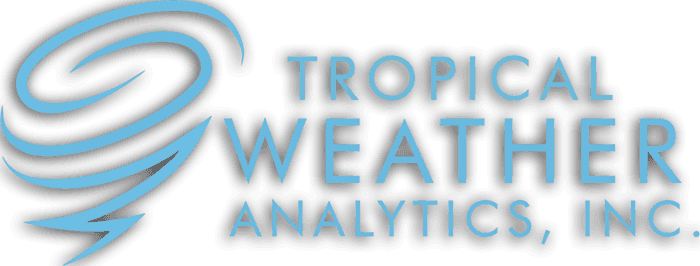In general, weather forecasters start with all the same forecasting tools to develop their prediction models. Our Hurricane Hunter Satellite constellation will fundamentally change how we forecast weather by providing an important data set currently missing from the weather puzzle: high-resolution polar wind measurements in the vertical and horizontal axes.
The main tools all weather forecasters rely on, whether government or commercial, are satellites, Doppler Radar, radiosondes (weather balloons), surface maps (high/low pressure) and weather stations.
With the exception of a few private weather satellites and stations, every forecaster is starting out with the exact same data inputs. The major difference in forecasting arises not from how or where the data is collected but rather, how the weather data is processed and modeled with supercomputers, algorithms and AI (artificial intelligence). Any new weather data input has the power to drastically improve the reliability and accuracy of forecast models simply by reducing the amount of uncertainty and unknown atmospheric parameters that remain unknown.
The Hurricane Hunters Satellites collect polar winds as well as the jet streams in three dimensions at a higher frequency and higher resolution than existing GEO and LEO satellites, weather balloons, stations, etc. The Polar Vortex and the jet streams drive a majority of weather patterns across the globe. Measuring these two major contributors to global weather patterns will be a tremendous upgrade to weather forecasting and help meteorologists improve their prediction models.
Why are these called the Hurricane Hunters if they are measuring the Polar Vortex and jet stream? Good question. Our original mission was to deliver global hurricane coverage similar to the fleet of NOAA aircraft to the rest of the world while also helping to improve hurricane observations for the US. You can read about our award-winning work on-board the International Space Station here:
https://www.issnationallab.org/iss360/earth-day-dramatic-weather-in-3d-images-from-space/
The measuring technique (but not the modeling) we developed to improve hurricane forecasts can be applied to cloud features, so our mission evolved to include observations of the polar winds and jet streams in addition to hurricanes.
Tropical Weather Analytics, Inc. will disrupt the commercial weather market and several industries by delivering a unique and critical piece of weather data that will improve all forecast models.



